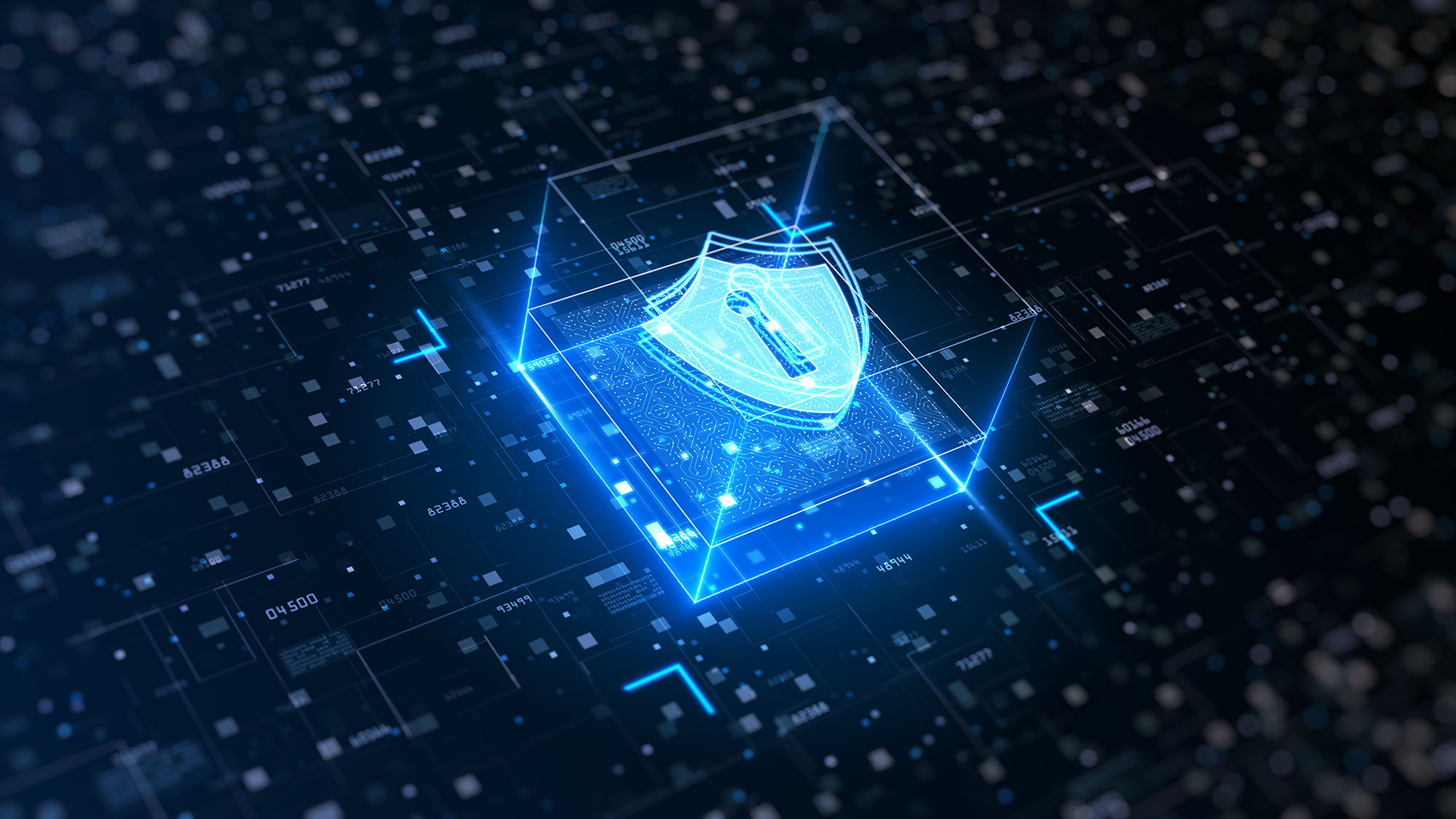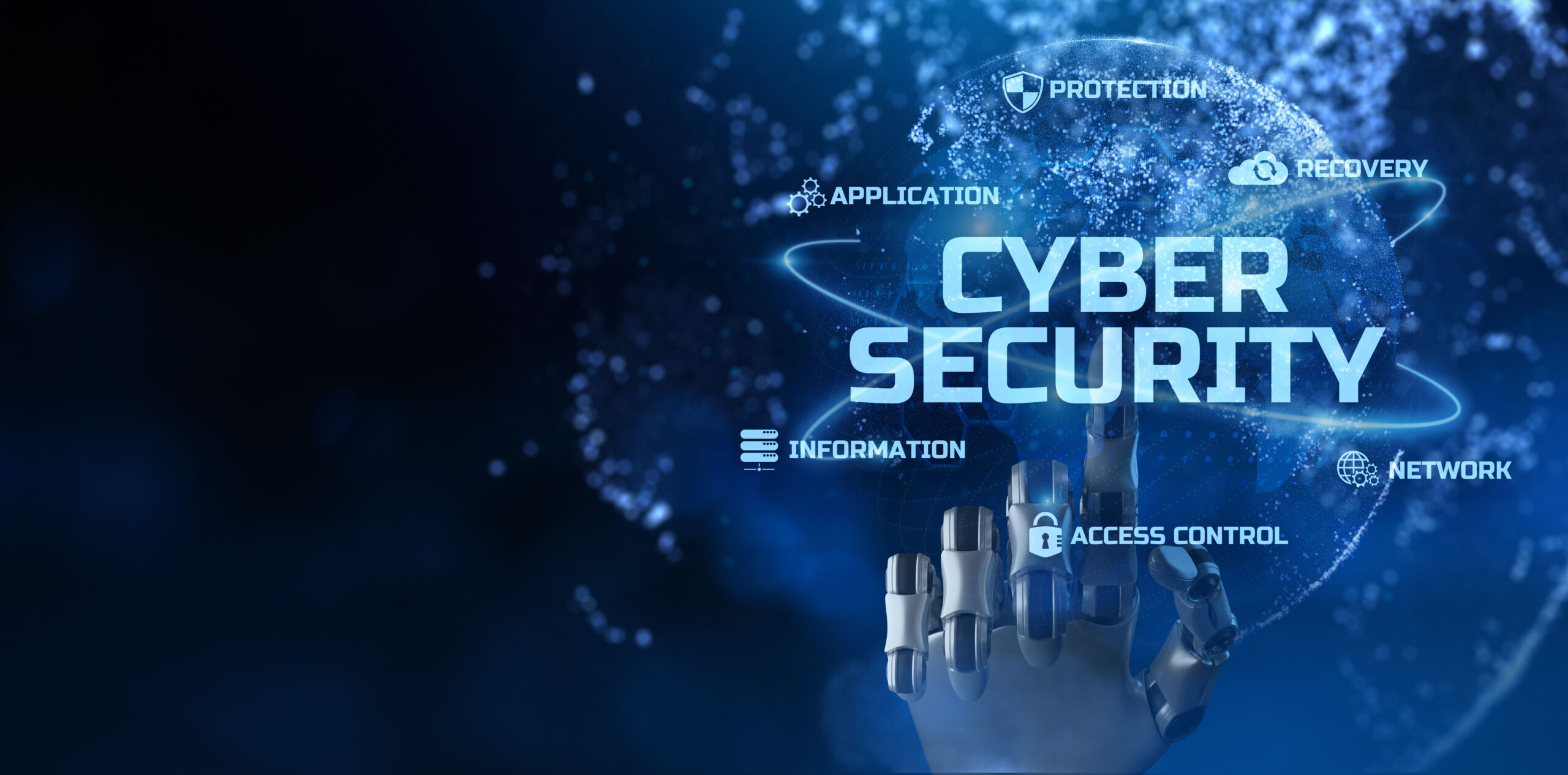Cyber risk management is the process of identifying, assessing, and prioritizing cyber risks, followed by implementing mitigations to prevent cyber threats from happening. Cyber risk management provides many benefits to organizations. For example, it can reduce financial loss, reputational damage, and operational failure.
There are several ways that an organization can implement cyber risk management, including implementing policies and procedures, using technical controls, utilizing insurance coverage (such as cybersecurity insurance), and hiring outside help (such as consulting firms). Still, creating a cyber risk management policy is the most crucial step you should take to keep your organization safe.
What is Cyber Risk Management Policy?
A cyber risk management policy identifies vital assets, controls, security practices, and incident response processes to reduce the likelihood of a cyber incident. It’s essential to create a plan to maintain communication across all areas of your business.
A cyber risk management policy (CRMP) helps identify security incidents that could occur based on incidents that have already happened and then create a plan to prevent and remediate those incidents. This policy helps to ensure compliance with organizational values when designing strategies to combat cyber attackers. A cyber risk management policy is, basically, a plan of action to help prevent and remediate security incidents that could occur on any information system. It outlines how an organization responds to cyber risks or threats associated with the misuse or unauthorized access to electronic data. These risks may include social engineering attacks, network intrusion, computer viruses, ransomware, etc. An example of cyber risk is a denial of service attack, which interrupts the availability of a system or data.
The CRMP should be created with all necessary components, including the following:
- Personality factors – personality profiles for each stakeholder
- Guidance on how to handle difficult situations responsibly without compromising compliance or security
- Key roles & responsibilities – clear assignment of tasks, so they are completed efficiently & accurately
- Policies & procedures – make sure all policies are up-to-date, written in language that everyone understands, and easily accessible
- Metrics used for reporting – provide a metric on how well the cyber risk management policy is being carried out.
The organization should also include a means to continually improve their cyber risk management program by evaluating it whenever there are changes in strategy or tactics.
Why is Cyber Risk Management Policy Important?
The rise of cybercrime is the reality that all companies face today. As a result, many organizations are looking to adopt or update their existing security protocols and corporate policies. In fact, more than two-thirds of global companies have already written a policy detailing how they will handle incidents involving information theft from outside sources.
While it’s vital for companies to establish these guidelines, they must also seek ways to protect their networks from inside threats. A cyber risk management policy can help lower your organization’s risk of fraudulent activity by providing a straightforward course of action for how employees respond in the wake of any suspected cyber attack on company systems.
The cyber risk management policy is usually managed by the chief information officer and approved by the company’s chief executive officer. The policy is designed to outline how the business will protect its networks, systems, and data. It also specifies employees’ actions if they suspect that systems have been breached or files accessed illegally. When an employee learns that this type of activity has occurred, they must report it to their manager immediately.
Confirming whether the incident was an act of cybercrime requires further investigation. Therefore, many companies create a chain of command within their IT department that makes reporting possible even if the person who discovers the breach is not an IT professional. While completing investigations can be time-consuming and costly for any organization, establishing a well-thought-out plan allows companies to develop procedures for responding quickly in the event of a cyber breach.
A firm policy also requires that company leaders demonstrate an understanding of how employees can be affected by these types of security risks. The document serves as the baseline for future action, so it’s essential to carefully craft all elements to ensure you meet your organization’s needs and provide workers with the protection they deserve.
Keep in mind that without a cyber risk management policy, you don’t have an established way to identify when incidents occur and the steps necessary for incident response. If you’re not able to respond effectively in the event that something does happen, it will be more difficult to recover afterward – which could lead to much more significant financial consequences.
Essential Best Practices for your Cyber Risk Management Policy
- Understand Where Your Vulnerabilities May Be Hidden
Vulnerabilities are known flaws in technology systems that may provide an attacker with access to systems or data. Because they are known, you can fix them with patches, updates, and upgrades. However, this process depends on the vulnerability being identified first.
To achieve a higher level of cyber security, organizations must understand how to identify and classify vulnerabilities. It is also crucial that companies be able to evaluate risk so that they can make a well-informed decision about whether or not the risk justifies mitigation action being taken.
There are several ways in which you can classify vulnerabilities. The most common one is by the effect they have on systems and data, which makes it possible to identify different types of vulnerabilities. For example, “injection flaws” allow attackers to send malicious code via web form input fields; organizations can mitigate these types of vulnerabilities through proper permission settings on websites and servers. It is also possible to classify vulnerabilities by their origin, making it possible for administrators to search for the particular type of vulnerability.
Certain types of vulnerabilities are more dangerous than others because they provide easier access to systems or data or lead to higher exploitation rates. While some exposures may be patched within days after being identified, others may exist for an extended period of time.
There are various means of doing so when assessing the risk posed by a vulnerability. It is possible to rank vulnerabilities by their severity, which gives administrators an idea about the prioritization process. If necessary, you can rank vulnerabilities according to how many computers they affect or whether or not they have been known for more than 90 days, among other attributes. Additionally, two vulnerabilities with similar characteristics may still pose different risks depending on what system they target and if they are found in commonly used programs.
Vulnerabilities need to be identified before any mitigating action is taken; however, that’s not all that has to be done to build up cyber security defenses. It is also possible to scan for vulnerabilities using tools for assessing cyber risks such as iTrust, which can check a company’s or organization’s systems and networks for known and unknown vulnerabilities.
- Get a Penetration Test
When creating a cyber risk management policy, there are many different aspects to consider, such as which regulatory standards apply to your company, what internal controls are recommended, and which key performance indicators should be monitored.
Pen tests allow you to see where the vulnerabilities in your systems lie by identifying vulnerabilities, scanning for sensitive information, and identifying areas that could have been compromised already. Being aware of where the problems within your organization lay makes it much easier to fill security gaps and create a more secure business overall.
This knowledge is invaluable when creating a cyber risk management policy. Instead of relying on guesswork or anecdotes from employees affected by malware or ransomware infections, you will be armed with data from an independent third party. The results from a penetration test can help make informed decisions about which standards apply to your organization and how well prepared you are to defend against cyber attacks. It also provides knowledge that you cannot obtain any other way, such as the most effortless ways around your security systems and when specific vulnerabilities are most at risk of being exploited.
Penetration tests do not have to be expensive nor time-consuming either. Many companies are offering low-cost services with quick turnarounds so you can get the results you need quickly. The main thing to remember is that it is not a good idea to try and save money by performing your own security tests since they are challenging to do correctly without proper training. By hiring specialists who know how attacks occur, where vulnerabilities lie within your systems, and the optimal ways of exploiting them, you can make informed decisions about which steps should be taken next to improve cyber security overall.
The only way of truly understanding how vulnerable your company’s network environment is would be through an external source testing it for weaknesses. That ensures no conflicts of interest between the testers and what work has been completed beforehand. In addition, having a third-party organization verify any weaknesses within your network is a great way to prove to management and stakeholders that cyber security should not be taken lightly.
- Create a SLA
Create a service level agreement (SLA) to define the time needed to remediate vulnerabilities. Outlining specific deadlines and notification policies helps establish accountability for security personnel and provides metrics to measure performance. Additionally, SLAs ensure that all parties involved in vulnerability management communicate their needs and goals to effectively work together towards a common goal.
Creating an SLA also allows security professionals to prioritize which types of vulnerabilities require immediate attention. The risk scores assigned to each vulnerability will help determine the most serious, allowing cybersecurity teams to allocate resources efficiently.
An effective service level agreement should outline what is included in the standard time frame for remediation and include additional information regarding urgent or expedited requests. The agreement should also include the process of updating or renewing the service level agreement to ensure that it reflects current needs and growing threats, as well as any necessary changes in response time for urgent issues.
SLA also allows security professionals to communicate more effectively with other parties involved in vulnerability management, including third-party vendors, employees, and customers. By having all team members on the same page regarding timelines and expectations, they can avoid miscommunication that may lead to further complications down the road. Lastly, appending a SLA onto existing policies ensures that all security personnel are held accountable by enforcing consequences for missed deadlines or not meeting established standards.
Conclusion
Cyber Risk Management Policy helps identify security incidents that could occur based on incidents that have already happened and then create a plan to prevent and remediate those incidents.
Best practices for creating a cyber risk management policy include:
- Identifying potential risks
- Prioritizing responses to different types of threats
- Building plans for how the organization will respond in the case of a cyber-incident
- Assigning accountability for ensuring that these plans are carried out
Cyber risk management policies need to be clear about who is responsible for different policy parts, when they are responsible, and what will happen if they do not carry out assigned tasks on time. The more specific a cyber risk management policy is, the easier it will be for employees to know precisely their responsibilities and whether they have carried out their tasks to an acceptable standard. A cyber risk management policy is vital because it provides clear steps for employees to follow when an incident does occur, so they know exactly how to handle it as quickly as possible.









